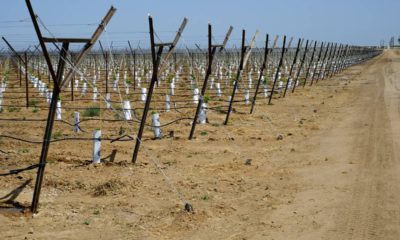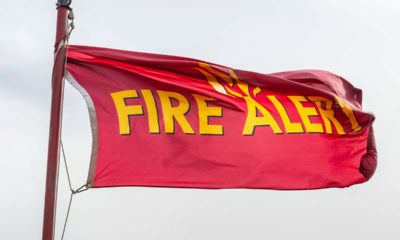Published
7 years agoon
By
gvwire
In 2017, the state Legislature approved $226 million in extra funding over five years to help the Department of Motor Vehicles deal with the expected crush of residents seeking Real ID cards.
Passed in 2005 by Congress, the Real ID Act set new federal standards for state-issued drivers’ licenses and non-driver ID cards. Beginning Oct. 1, 2020, air travelers will need a driver’s license or some other identification that meets the beefed-up requirements to board a plane in the United States.
Real ID cards have special markings. In addition, applicants must apply in person at a DMV office to receive them. Millions of Californians need the upgrade.
Whatever the DMV has done with the extra money, it hasn’t been sufficient to handle the demand. Hours-long wait times at DMV offices throughout California have prompted public outcry.
Assemblyman Jim Patterson (R-Fresno) was among the first state lawmakers to demand answers from DMV’s leadership. Now he’s being joined by others.

The DMV is working on a number of solutions to help reduce wait times in our field offices. Some of those include redirecting staff, adding a text notification feature, self-check-in kiosks, and expanding DMV Now Self-Service Terminals. Learn more here https://t.co/r13YDBscOg
— CA DMV (@CA_DMV) August 7, 2018
When Assemblyman Phil Ting visited a San Francisco DMV office in his district last month, he said the line snaking around the block looked more like a queue for rock concert tickets than for people trying to renew their licenses.”I was shocked,” the Democrat said. “What we’ve been hearing are horrific wait times of six or seven hours. That’s unacceptable.”



California Pins Vaccine Hopes on Biden Administration


Walters: After COVID-19, Drought Threat Still Looms


Fierce California Winds Fan Fires, Topple Trees and Trucks


Monarch Butterfly Population Moves Closer to Extinction


Newsom Sets New Tone for California, White House Partnership


California Guard Pleads Guilty to Lies in Inmate’s Death




